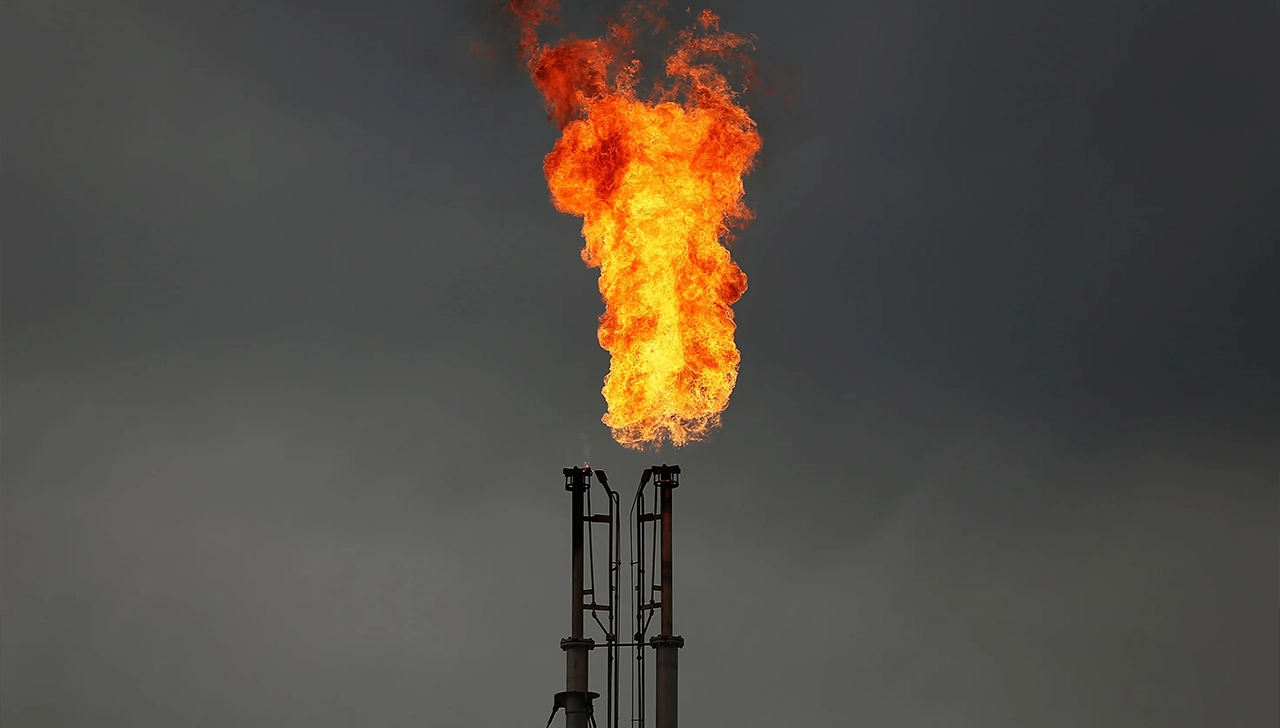The International Energy Agency’s (IEA) Global Energy Review 2025 provides a comprehensive analysis of the latest trends across the entire energy sector in 2024. This report covers all fuels and technologies, major countries and regions, and energy-related carbon dioxide (CO2) emissions.
Key Findings: Energy Demand and the Natural Gas Resurgence
Global energy demand experienced a significant increase in 2024, growing by 2.2%. This growth rate surpasses the average rate of the past decade, highlighting an accelerated appetite for energy worldwide. Notably, the power sector led this surge, with electricity demand rising by an impressive 4.3%, far exceeding the 3.2% growth in global GDP. This surge in electricity demand was fueled by several factors, including record temperatures necessitating increased cooling, the growing consumption of energy by various industries, the electrification of transport, and the expansion of data centers and artificial intelligence.
Renewable energy sources played a pivotal role in meeting this increased demand, accounting for the largest share of growth in global energy supply at 38%. Natural gas followed closely, contributing 28% to the growth in energy supply, while coal and oil contributed 15% and 11%, respectively.
Emerging and developing economies accounted for over 80% of the global energy demand growth. China, despite a slowdown in growth to under 3% in 2024, remained the largest contributor to increased demand in absolute terms. India recorded the second-largest rise in energy demand, exceeding the combined increase of all advanced economies. The United States also saw substantial growth, ranking third in absolute demand increase. In a notable shift, the European Union experienced a return to growth for the first time since 2017, excluding the post-Covid rebound in 2021.
Natural Gas Sector: A Detailed Overview
The natural gas sector demonstrated the strongest demand growth among fossil fuels in 2024. Demand for natural gas surged by 2.7%, an increase of 115 billion cubic meters (bcm), significantly higher than the average annual increase of around 75 bcm over the past decade. China led this growth with an increase of over 7% (30 bcm), and strong growth was also observed in other emerging and developing economies in Asia. In the United States, gas demand expanded by approximately 2% (20 bcm). The European Union also recorded modest consumption growth, particularly in industrial applications.
This resurgence in natural gas demand signals a return to structural growth following the supply shocks of 2022 and 2023, with emerging markets and developing economies playing a crucial role in driving this trend.
Other Key Energy Trends
Global coal demand also saw an increase of 1%, primarily driven by power generation as a result of high temperatures and increased electricity consumption for cooling.
Overall, the Global Energy Review 2025 highlights a dynamic shift in the global energy landscape, with significant growth in both energy demand and the transition to cleaner energy sources.



